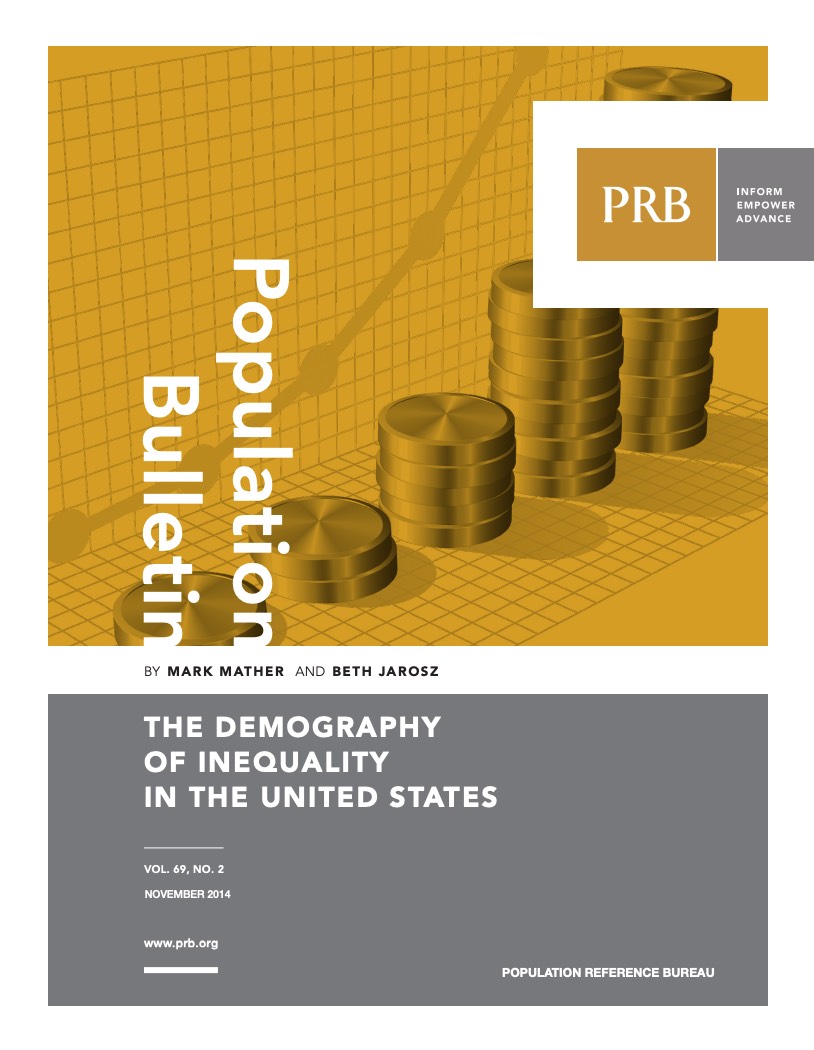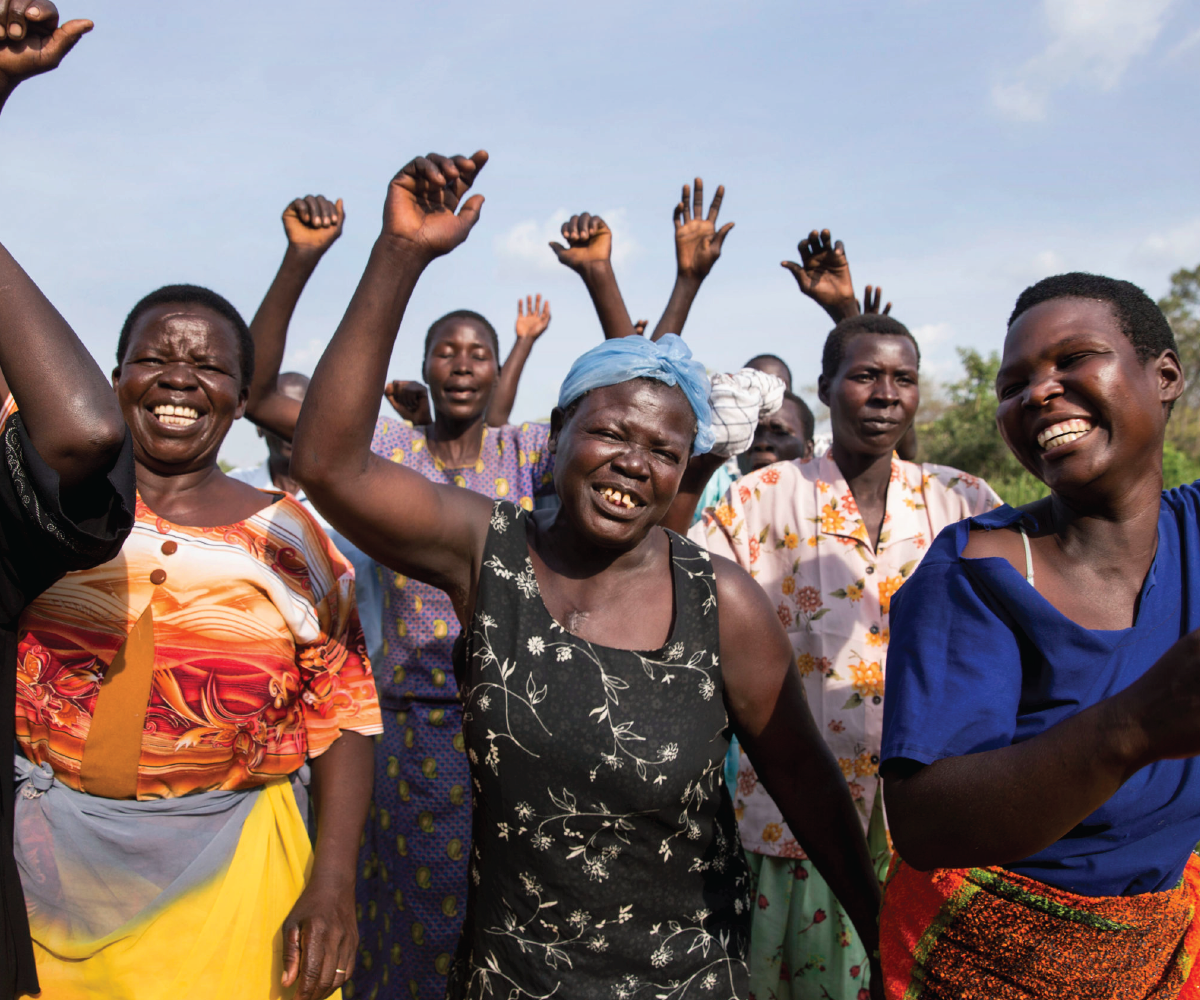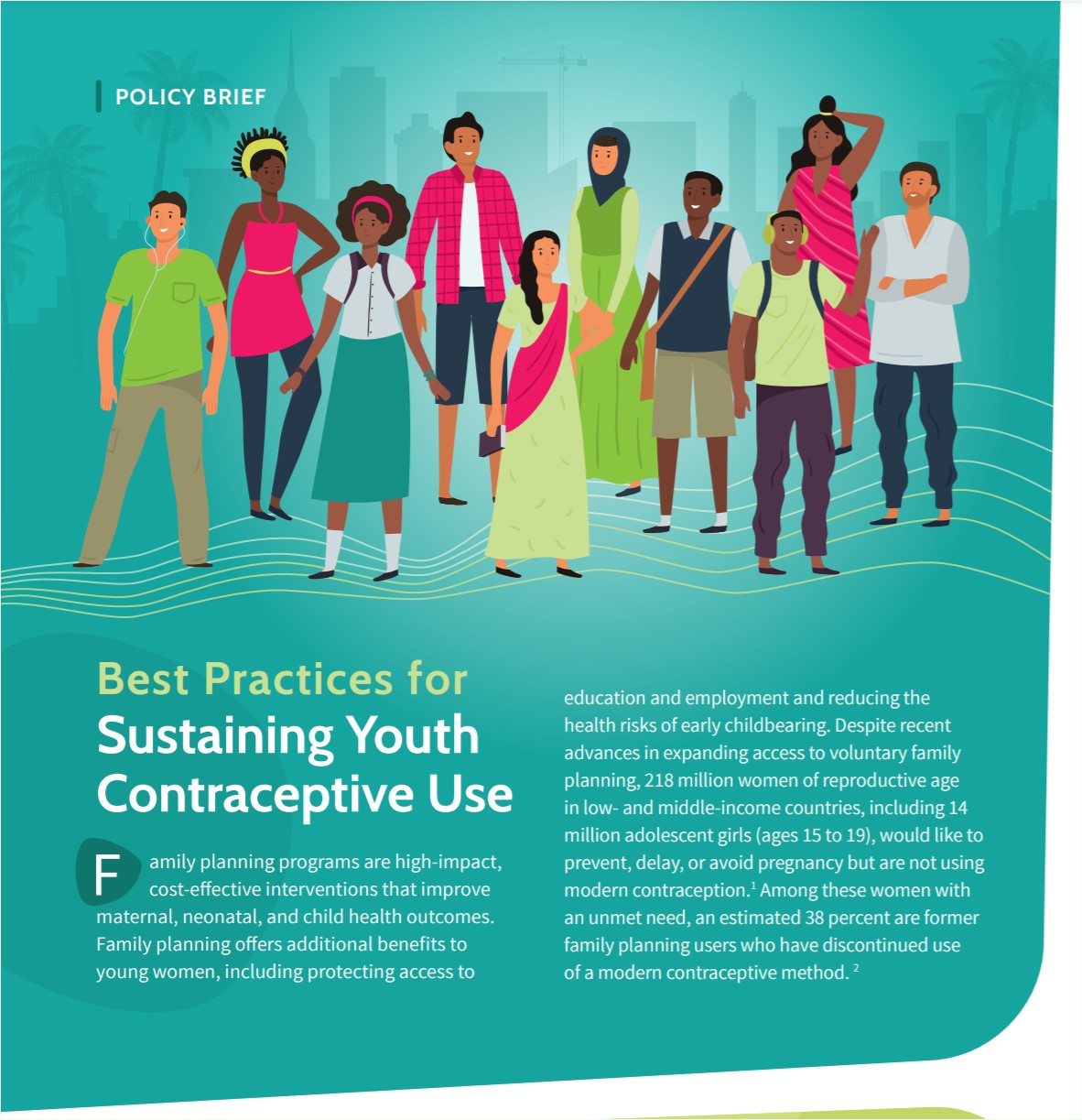Population Bulletin, vol. 69, no. 2. The Demography of Inequality in the United States
(2014) Countries around the world are paying more attention to inequality as an indicator of social and economic well-being.

(2014) Countries around the world are paying more attention to inequality as an indicator of social and economic well-being.
Project: PACE: Policy, Advocacy, and Communication Enhanced for Population and Reproductive Health

Project: PROPEL Health
This how-to guide documents Uganda’s approach to developing and testing a self-care guideline, and illuminates a five-phase process that may be helpful for other countries looking to nationalize the WHO guideline.

Project: PACE: Policy, Advocacy, and Communication Enhanced for Population and Reproductive Health
This resource package contains a new how-to video for informing family planning and reproductive health program implementers and advocates on strategies for positioning their programs to access climate adaptation funding.
Project: PACE: Policy, Advocacy, and Communication Enhanced for Population and Reproductive Health

Project: American Community Survey and Decennial Census Support Services
(2014) The U.S. population is undergoing significant racial/ethnic change, with rapidly growing Latino, Asian American, and multiracial populations.
This ENGAGE Snapshot defines the changes in a population age structure that can lead to a demographic dividend, as well as identifies the additional set of investments necessary to harness economic growth through a demographic dividend.
"Quel est le nombre total de personnes ayant vécu sur la Terre?" est l’un des articles du PRB qui a eu le plus de succès. D’abord publié en 1995 puis mis à jour en 2002, cette dernière version de 2011 présente les données jusqu’à la mi-2011, avec une courte vidéo expliquant comment cette estimation a été obtenue.

Project: PACE: Policy, Advocacy, and Communication Enhanced for Population and Reproductive Health
218 million women of reproductive age in low- and middle-income countries, including 14 million adolescent girls (ages 15 to 19), would like to prevent, delay, or avoid pregnancy but are not using modern contraception.